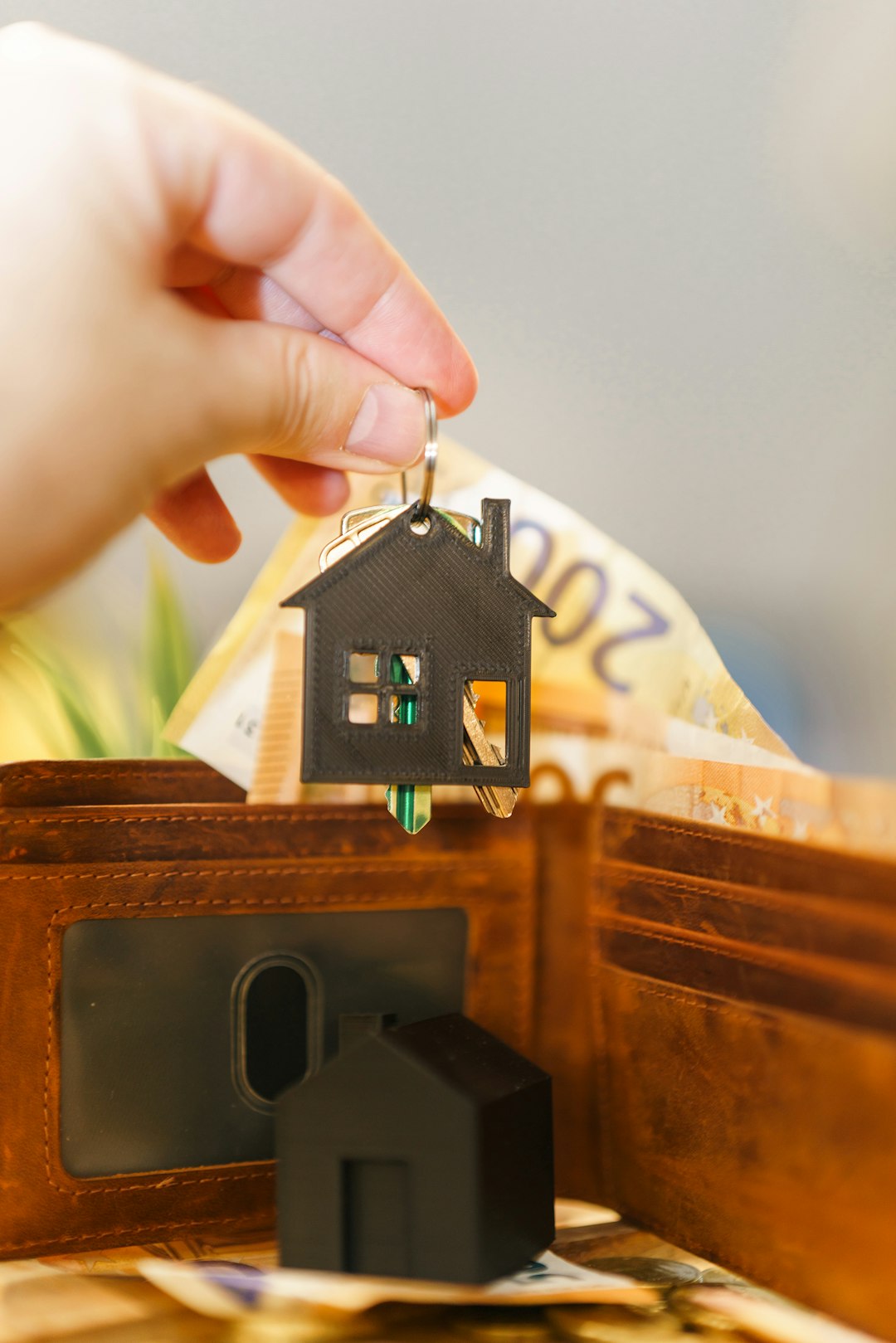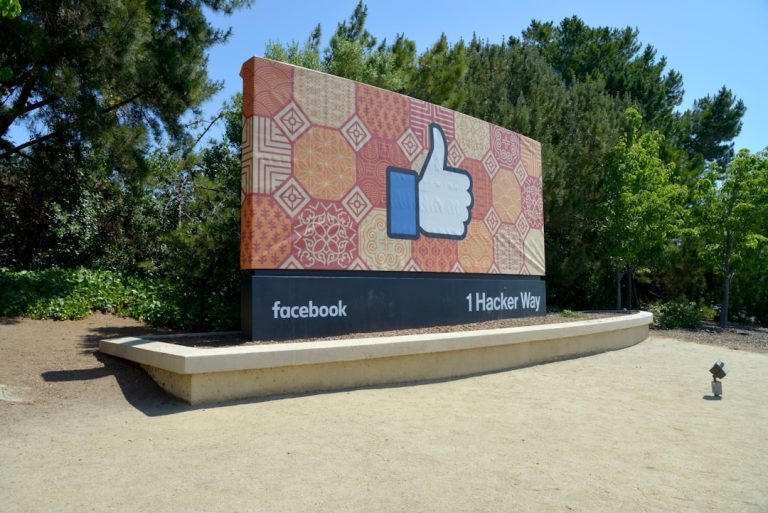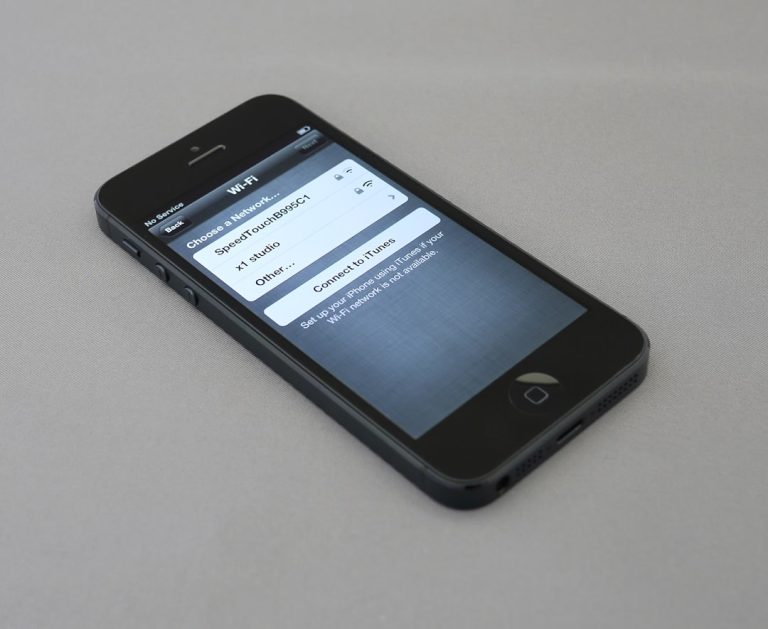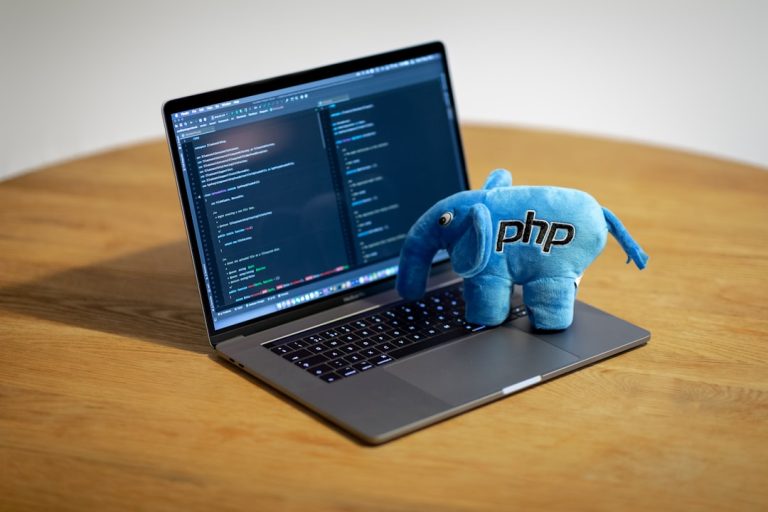4 tech concerns in affordable housing & how to resolve them
Affordable housing projects are vital in addressing the global housing crisis, but integrating technology into such housing developments presents a unique set of challenges. While smart home systems and digital property management tools offer many advantages, they also bring concerns related to cost, accessibility, maintenance, and data security. To ensure that technology plays a beneficial role in affordable housing, these challenges must be thoughtfully addressed.
1. High Implementation Costs
One of the major concerns in incorporating technology into affordable housing is cost. While tech solutions can improve efficiency and sustainability, installing advanced systems like smart lighting, HVAC optimization, and automated security often poses a financial burden for developers and property managers focused on low-income housing.
Resolution: The key is choosing scalable, modular systems tailored to budget constraints. Grant programs, public-private partnerships, and tax incentives can help offset the initial investment. Additionally, opting for open-source solutions and interoperable hardware reduces costs associated with proprietary ecosystems.
[ai-img]smart home sensors, affordable housing, cost saving technology[/ai-img]
2. Digital Literacy of Residents
Many residents in affordable housing communities may have limited experience with technology. This digital divide can be a barrier to accessing the full benefits of modern systems such as energy apps, maintenance portals, or smart thermostats.
Resolution: Offering tech training workshops and multilingual support ensures that all residents feel confident using the installed systems. Partnering with community organizations or local libraries for digital literacy programs increases engagement and inclusivity. Simple user interfaces and accessible design also play a crucial role in supporting widespread adoption.
3. Maintenance and Technical Support
Ongoing maintenance and technical support can become an issue when tech-driven solutions are introduced. Without proper infrastructure and staff training, malfunctioning systems can quickly become neglected or even removed.
Resolution: Developers must build relationships with technology providers that offer maintenance packages and regular updates. A dedicated on-site or remote tech support team can manage issues promptly. Furthermore, staff should receive thorough training and documentation on installed systems to reduce dependency on external providers.
[ai-img]technician fixing smart device, apartment maintenance, tech troubleshooting[/ai-img]
4. Privacy and Data Security
Connected technologies used in affordable housing collect sensitive data, including resident behaviors, energy usage, and access logs. Without strict security measures, this data is vulnerable to breaches, raising serious privacy concerns.
Resolution: Implementing strong cybersecurity protocols, including data encryption, secure user authentication, and routine vulnerability assessments, is essential. Developers should prioritize compliance with privacy regulations such as GDPR or CCPA and ensure transparent communication with residents about how their data is collected and used.
Conclusion
Despite the obstacles, technology can significantly enhance the livability, efficiency, and sustainability of affordable housing. By proactively addressing these four concerns—cost, digital literacy, maintenance, and privacy—developers and policymakers can create resilient, future-ready communities. Ensuring collaboration among tech firms, local governments, and nonprofits is essential for making innovation inclusive.
FAQs
- Q: Are smart technologies too expensive for affordable housing?
A: While initial costs may be high, modular and scalable solutions, combined with public funding and incentives, can make smart technologies economically viable in the long run. - Q: How can residents be trained to use installed technologies?
A: Community workshops, easy-to-follow manuals, multilingual support, and collaboration with local partners can improve digital literacy among residents. - Q: What happens if smart hardware fails?
A: Dedicated maintenance plans and trained staff are crucial for timely repairs and ensuring systems continue to serve their intended purpose. - Q: Is resident data safe in smart housing environments?
A: With proper cybersecurity measures, such as encryption and secure logins, and transparent user agreements, data in smart homes can be kept safe.





